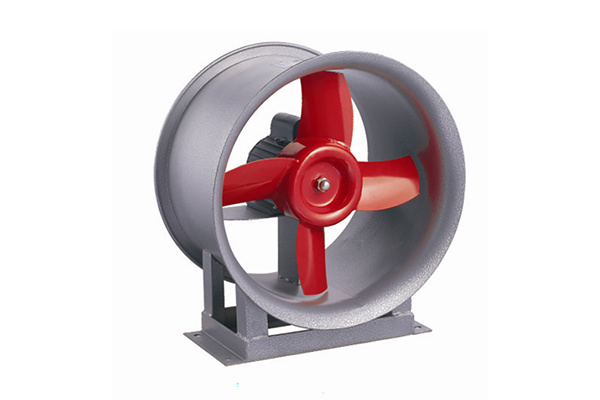Information Details
What are the common problems with radiators during the heating process?
Release time:
2022-03-21 11:21
1. Air accumulation in the pipes
Due to air accumulation in the pipes causing stagnation in the water circulation, which affects heating, in addition to setting up exhaust valves on the top floor, each group of heating radiators should have manual air release valves installed at the tail. When releasing air, the action should be gentle to prevent breaking the valve, and when the air-water mixture is released, the air valve should be tightened promptly.
2. Reasons for lack of heat
If the entire heating radiator is not warm, it may be due to the outdoor inlet or return valve not being opened. If a single unit is partially not warm, it may be due to air not being released on the top floor. If the radiator is half warm and half cool, it is caused by air accumulation at the tail. In summary, under the condition of ensuring circulation pressure and temperature, the main reason for lack of heat is air blockage, which can be resolved by releasing air.
3. Water leakage handling
If there is water leakage at the connection points of the pipes during the heating period, regardless of the size, it should not be resolved by oneself. It is necessary to promptly notify professional maintenance personnel to reduce pressure at the leak point before repairing. Repairs should not be done under pressure, as this may enlarge the leak and damage the pipes.
4. Do not privately modify heating pipes
Since the pipes are installed with a certain slope to facilitate the accumulation of air at the top for timely release, private modifications may cause the slope to be incorrect, leading to local air blockage that cannot be released. This not only affects oneself but also impacts the residents of the entire unit.
5. Requirements for indoor temperature
During winter heating, the indoor temperature should be controlled at no lower than 18°C, with an average indoor temperature reaching 16°C. However, for the elderly and children, the standard of 16°C is relatively low, but it should not be too high either, as excessive heat can cause discomfort, and a large temperature difference between indoors and outdoors can easily lead to colds and other illnesses.
6. Renovating radiators
When renovating radiators, maintenance should be considered, and the opening area should be suitable for the entire group of radiators to be disassembled and lifted out. Additionally, decorative components should be movable, allowing for easy removal of the radiator in case of issues, exposing the entire pipeline and air fins. There should be removable and replaceable valve space at the openings of vertical and branch pipe valves.
RELATED INFORMATION







